A Passion for Horses: Exploring the Love of being around horses
My story with horses began at age ten, when I first encountered the power of horses. My initial meeting of horses wasn’t planned or orchestrated – it was one of those beautiful accidents that end up changing the course of your life.
I’ll never forget that first ride. As I sank into the saddle, something immediately clicked into place – a feeling of belonging that’s hard to put into words but impossible to forget. It wasn’t just about sitting on a horse; it was about discovering a whole new way of communicating. Each subtle movement, every responsive ear flick, taught me that sometimes the most profound connections don’t need words at all.
What makes horseback riding so captivating isn’t just the thrill of movement or the beauty of these majestic animals. It’s the unique partnership that develops between horse and rider – a bond built on trust, respect, and mutual understanding. This special connection draws people from all walks of life to the stables, each finding their own path in the equestrian world.
Whether you’re a seasoned rider or someone who’s always dreamed of connecting with horses, there’s something magical about the journey. It’s a path that teaches us not just about riding, but about ourselves. rld.
As we look into the world of horsemanship, you’ll discover how this ancient partnership between humans and horses continues to enrich lives today. From building confidence to finding peace in our busy world, the lessons learned in the saddle extend far beyond the riding ring.
The Unique Bond: A Connection Like No Other
The bond between a horse and rider is something truly remarkable. It’s a partnership built on mutual trust, respect, and understanding that goes beyond what many might expect from an animal relationship. Having spent countless hours in the saddle and around the stables, I’ve witnessed firsthand how this connection develops and deepens over time.
Trust is the foundation of every strong horse-human relationship. Unlike many other animals, horses are prey animals by nature, which makes their willingness to partner with humans even more extraordinary. This trust doesn’t happen overnight – it’s built through consistent, patient interaction and clear communication. When a horse learns to trust you on the ground, they’ll trust you in the saddle, creating a foundation for everything that follows.
The language of this partnership is subtle but profound. A slight shift in your weight, a gentle squeeze of your legs, or even a change in your breathing can communicate volumes to a horse. They’re incredibly attuned to our body language and energy, often responding to signals we don’t even realize we’re sending. This sensitivity creates a unique form of dialogue – one that requires us to be present, mindful, and honest in our communications.
Stories of these special bonds are countless in the equestrian world. Take Sarah, a friend, who worked with a nervous Arabian gelding named Storm. Through months of patient groundwork and consistent handling, she earned his trust completely. Now, he seeks her out in the field and follows her like a loyal friend. Their partnership showcases how deep these connections can go when built on a foundation of mutual respect and understanding.
The beauty of this bond lies in its reciprocal nature. While we teach horses to carry us and respond to our cues, they teach us equally valuable lessons about patience, leadership, and emotional awareness. They mirror our energy and intentions, providing instant, honest feedback about our state of mind and approach to challenges.
Some key elements that strengthen this unique bond include:
- Daily care and grooming sessions that build familiarity and trust. These quiet moments of physical contact and care create a foundation of comfort and connection between horse and handler.
- Consistent handling and clear communication that helps horses understand what we’re asking of them. Like any good relationship, clarity and reliability are essential.
- Respect for the horse’s own personality and preferences. Each horse is an individual with their own quirks and characteristics, and acknowledging this helps build a stronger partnership.
This special connection often extends beyond riding time, influencing how we approach other relationships and challenges in our lives. The skills we develop in building trust with these sensitive, powerful animals often translate into better communication and leadership abilities in our daily interactions with people.
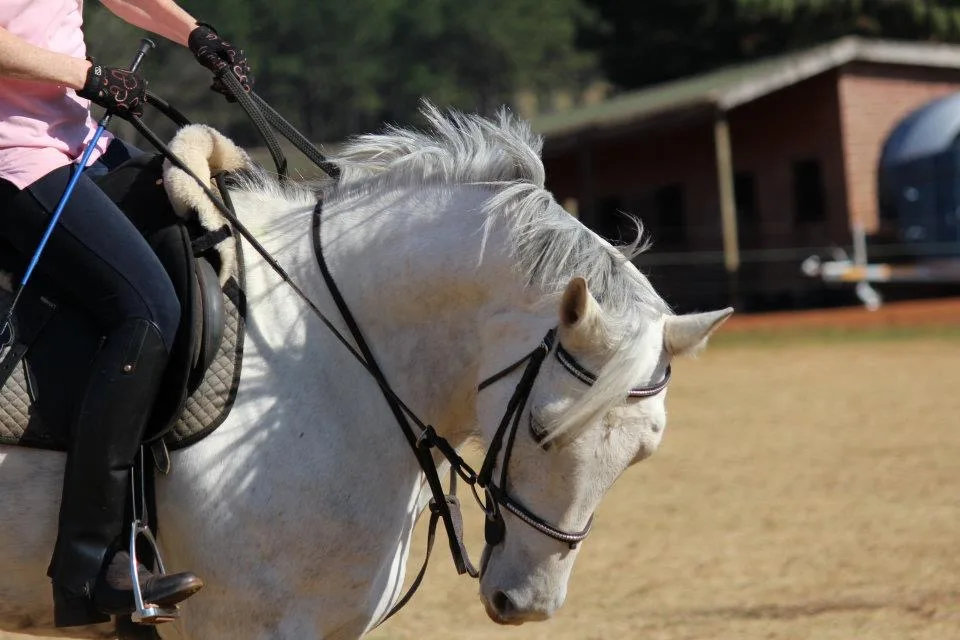
Learning the Language of Horses: Understanding Their Silent Communication
Think of horse communication like learning a new language – except instead of words, you’re picking up on subtle body movements, ear positions, and energy shifts. It’s fascinating how much horses tell us when we know what to look for.
When a horse pins their ears back, they’re essentially saying “I’m not happy about this situation.” A relaxed lower lip and soft eyes? That’s their way of showing they’re content and comfortable. These signals become second nature once you spend time around horses, much like how you naturally pick up expressions in a new language through immersion.
Ground work is where this communication really starts to click. Before you ever get in the saddle, learning to read and respond to a horse while leading them or working in the round pen builds that essential foundation. I remember watching a nervous young horse transform during ground work sessions – his tense posture gradually softening as he learned to trust his handler’s consistent signals.
Basic horsemanship skills flow naturally from this understanding:
- Leading techniques that establish clear boundaries and mutual respect
- Grooming sessions that double as bonding time and health checks
- Understanding personal space – crucial for both safety and relationship building
The amazing thing about this horse language is how universal it is. Whether you’re working with a seasoned lesson horse or a young colt, their basic communication remains the same. They respond to our body language just as much as we read theirs. Stand tall and confident, they notice. Feel nervous or distracted? They’ll pick up on that too.
One of the most important lessons in horse communication is learning to stay present and aware. Horses live in the moment, and they teach us to do the same. When you’re working with a 1,200-pound animal, you quickly learn the value of staying focused and reading their signals.
Remember, every interaction with a horse is a conversation. The quiet moments in the barn, the focused time during grooming, and the partnership while riding – it all adds up to a deeper understanding of these incredible animals.
A crucial tip for anyone starting this journey: take your time. Just like learning any new language, fluency in horse communication comes with practice, patience, and plenty of observation. Start by watching horses interact with each other in the field – you’ll be amazed at how much you can learn from seeing their natural behavior.
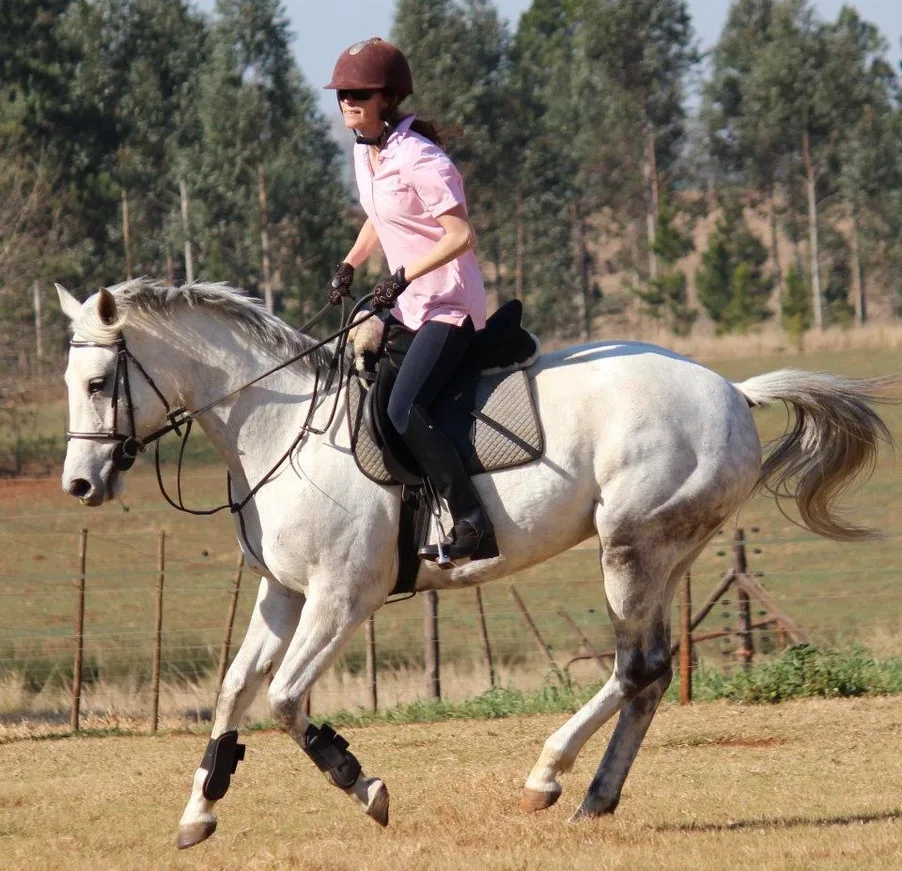
The Journey of Growth: How Riding Shapes Body and Mind
Let’s talk about how horseback riding transforms us, both physically and mentally. It’s amazing how something that looks so simple from the outside – sitting on a horse – actually engages your entire body and challenges your mind in unique ways.
First, let’s look at what riding does for your body. Your core strength builds naturally as you learn to move with your horse. Your balance improves dramatically – there’s nothing quite like staying centered on a living, breathing animal to teach you about equilibrium. Your legs get stronger, your posture improves, and you develop a kind of body awareness that carries over into everything else you do.
But the mental growth? That’s where things get interesting. Imagine building the confidence to guide a thousand-pound animal through complex movements using just subtle body signals. That kind of accomplishment changes how you see yourself. I’ve watched timid riders blossom into confident leaders, not just in the arena but in their everyday lives.
Here’s what riding teaches us about ourselves:
- Patience becomes second nature – horses have their own timeline for learning, and we learn to respect that
- Problem-solving skills sharpen as we figure out how to communicate better with our equine partners
- Emotional regulation improves because horses respond best to calm, clear leadership
One of my favorite transformations to witness is when a nervous rider finally clicks with their horse. There is this moment when fear turns into trust, and suddenly everything flows. I remember watching Julie, one of my fellow riders, work through her anxiety about cantering. Week by week, her confidence grew. Now she helps other nervous riders find their courage.
The physical and mental benefits work together beautifully. As your body gets stronger and more capable, your confidence grows. As your confidence grows, you ride better. It’s a positive cycle that keeps building on itself.
Something special happens when you overcome challenges in riding – whether it’s mastering a new skill or working through a fear. These victories give you a kind of quiet confidence that stays with you long after you leave the barn.
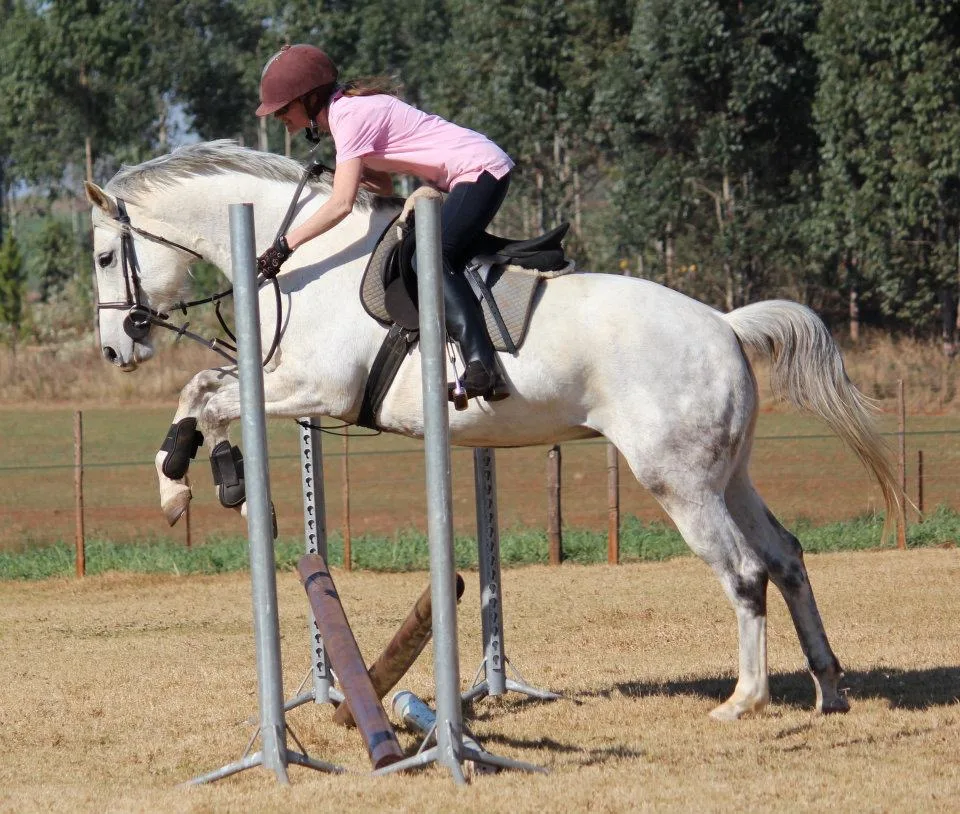
Different Riding Disciplines: Finding Your Perfect Path
Think of riding disciplines like different sports within a sport. Each has its own style and focus, and finding the right one for you makes all the difference in your riding journey.
Western riding evolved from ranch work, with its signature deep saddles and one-handed reining. It’s perfect if you love a relaxed riding style. Western riders often focus on events like barrel racing, reining (those amazing spins and slides you might have seen), or trail riding. The saddles are designed for comfort during long days, and the riding style emphasizes practical skills.
English riding, with its closer-contact saddles, has roots in European classical horsemanship. This style includes:
- Show jumping – where precision and timing help you navigate obstacle courses
- Dressage – often called “horse ballet” for its graceful movements and precision
- Hunter/Jumper – which combines style with athletic ability
- Eventing – an exciting mix of dressage, jumping, and cross-country riding
Trail riding deserves its own mention because it crosses disciplines. Whether you prefer Western or English tack, there’s nothing quite like exploring nature on horseback. It builds different skills – your horse needs to be brave and sure-footed, and you need to trust each other on varied terrain.
Finding your discipline often happens naturally. Maybe you love the thrill of jumping, or perhaps you’re drawn to the precision of dressage. Some riders try several styles before finding their niche, while others know instantly what speaks to them.
Each discipline shapes your riding differently:
- Western riding often emphasizes a more relaxed, independent seat
- English disciplines typically focus on close contact and subtle aids
- Trail riding develops confidence and adaptability in both horse and rider
You are not locked into one style forever. Many riders enjoy multiple disciplines, letting each one enhance their overall horsemanship. The skills you learn in one area often complement another, making you a more well-rounded rider.
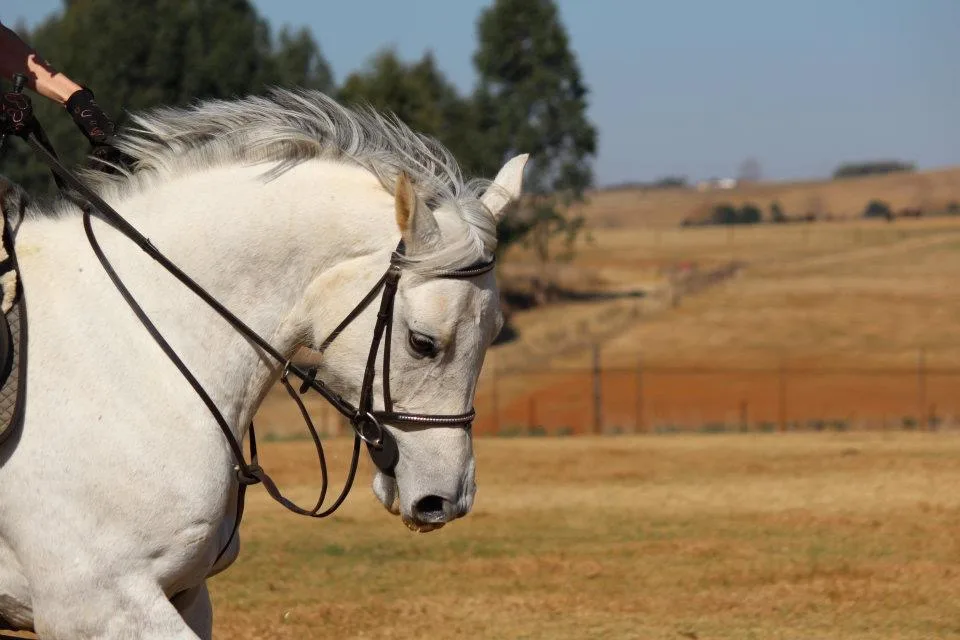
The Lifestyle Beyond Riding: Daily Life with Horses
Being around horses shapes your entire life, not just your riding time. I learned this firsthand when I got my own horse at sixteen. Every morning, I’d wake up early, excited to get to my horses stable. There’s something magical about those quiet dawn moments – just you and your horse, the smell of fresh hay, and the gentle sound of your horse eating.
My daily routine was all-consuming but deeply rewarding. Before school, I’d head to the stable to feed my horse, clean his stall, and turn him out to his paddock. After school, I’d rush back, eager for our riding time together, followed by grooming and settling him in for the night. Every evening before bed, I’d make one last visit with a carrot in hand, checking on him one final time. Those nighttime visits were special – just a quiet moment between friends.
Daily care creates the foundation of good horsemanship:
- Morning and evening feeding schedules become second nature
- Regular grooming sessions turn into cherished bonding time
- Stall cleaning becomes oddly satisfying
- Weather checks and blanket adjustments become automatic
- Exercise and turnout planning become part of your daily thinking
The horse community becomes your second family. You’ll find yourself swapping tips with other riders, helping during busy times, and sharing both challenges and triumphs. There’s always someone ready to offer advice or lend a hand when needed.
What makes the horse lifestyle truly special:
- Every day brings new learning opportunities
- Responsibility becomes as natural as breathing
- Your schedule revolves around your horse’s needs
- Weather takes on new meaning – you’re out in all conditions
- Problem-solving skills develop naturally
These barn-learned skills carry over beautifully into everyday life. Time management, attention to detail, reading body language – they all become second nature. The early mornings that once seemed challenging become the best part of your day, and weekend barn duties transform into peaceful meditation time.
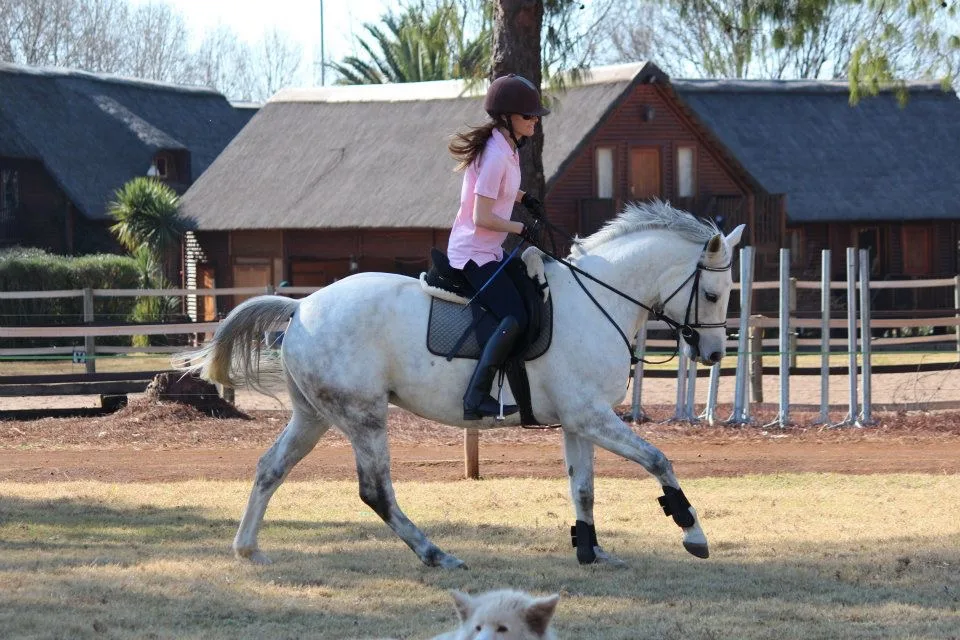
Impact and Rewards: The Lifelong Gift of Horses
Working with horses changes you in profound ways. The transformation happens so gradually you might not notice it at first, but one day you realize you’re not the same person who first stepped into that barn.
Let me share what I’ve witnessed in the equestrian community and experienced firsthand. Horses teach us patience we didn’t know we had. They show us how to be present in the moment – because when you’re working with a 1,200-pound animal, you can’t be anywhere else mentally. That mindfulness carries over into everything else we do.
Personal transformations I’ve seen include:
- Shy teenagers blossoming into confident leaders
- Stressed adults finding peace in barn routines
- Impatient people learning the art of taking things slow
- Anxious riders developing rock-solid confidence
- Solo personalities discovering the joy of community
The life lessons from horses are invaluable:
- Clear communication matters more than words
- Consistency builds trust
- Patience yields better results than force
- Being present is more important than being perfect
- Strength comes in many forms
The long-term benefits extend far beyond riding skills. The discipline of daily horse care shapes work ethic. The ability to read subtle body language improves human relationships. The confidence gained in the saddle transfers to professional life. Even problem-solving skills sharpen – because horses have a way of testing every solution you devise.
One of the most beautiful rewards is how this passion grows with you. Whether you’re eight or eighty, there’s always something new to learn from horses. They keep us humble, help us grow, and remind us that some of life’s best moments happen in quiet partnership with these magnificent animals.
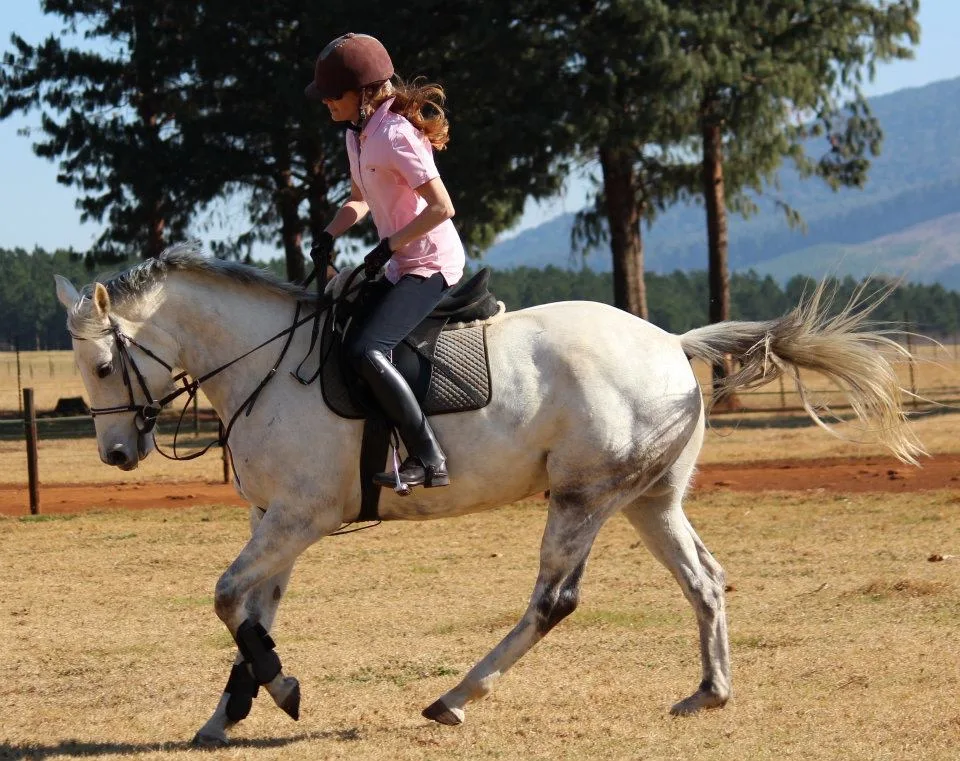
more reading
14 Reasons to Love Horseback Riding 1. Borrow a sense of freedom otherwise not available to mere humans. Many horse riders will tell you about this feeling of “freedom” that you …
10 Reasons Why We Ride Horses.1. We like to dream big. Horseback riding is a sport of opportunity. · 2. We enjoy building a partnership. · 3. We are brave, or want to learn to be brave. · 4. We …
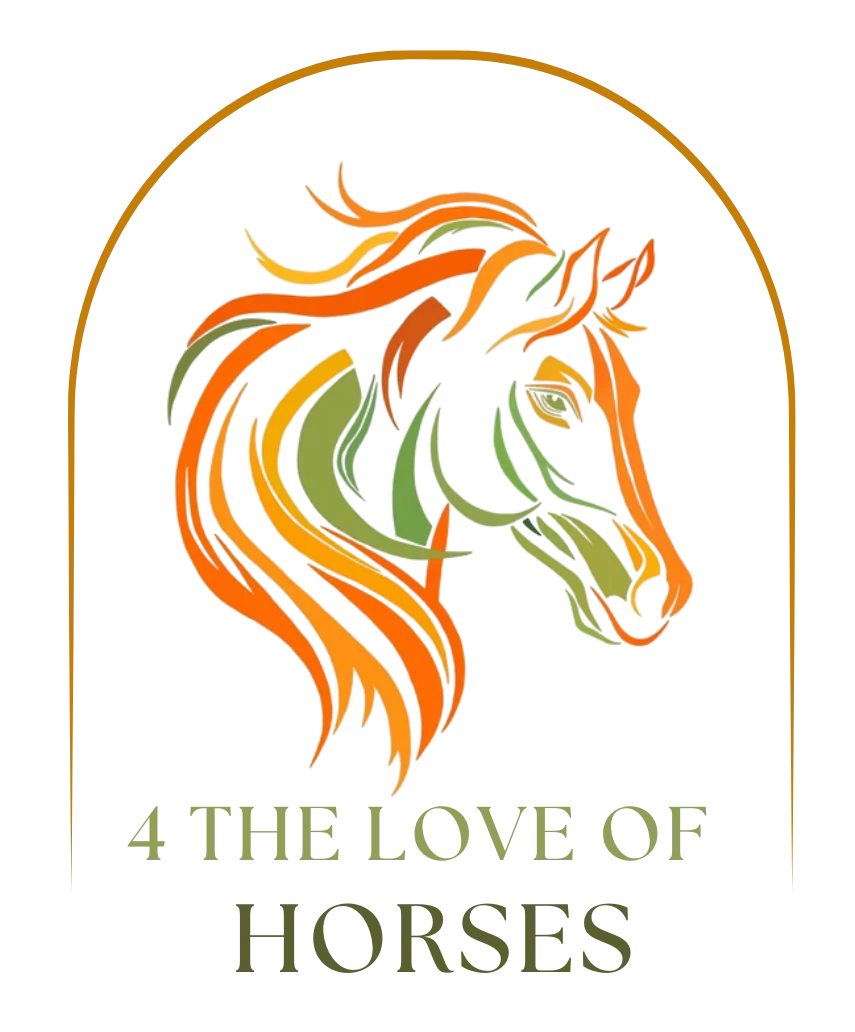
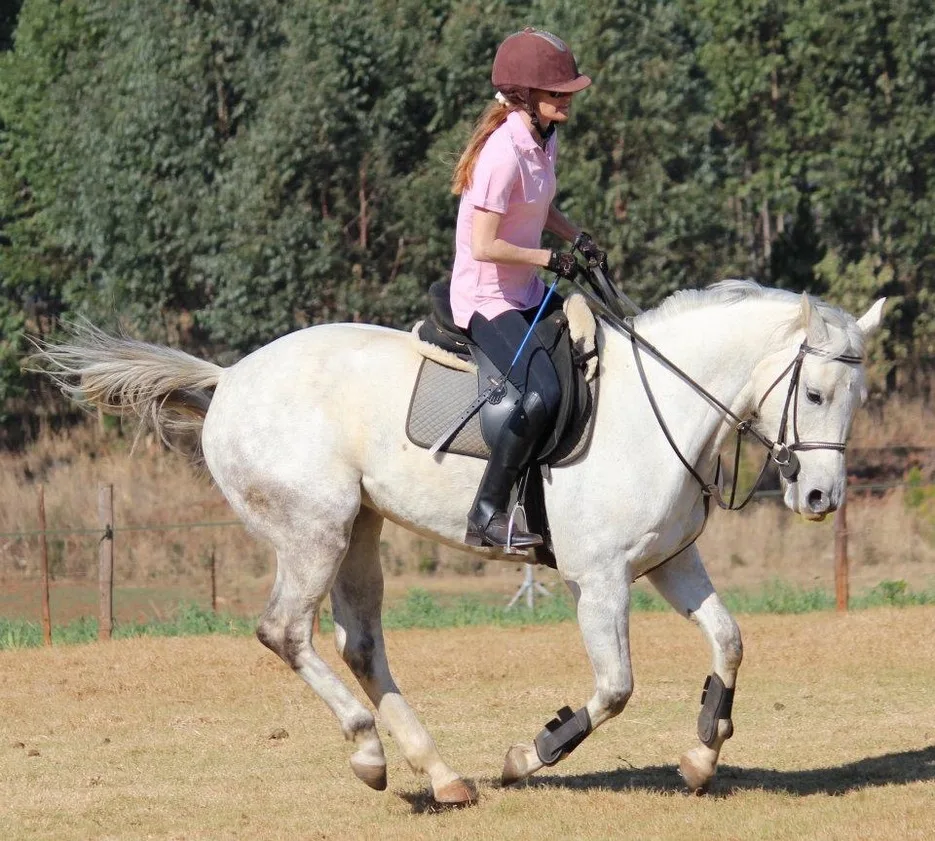
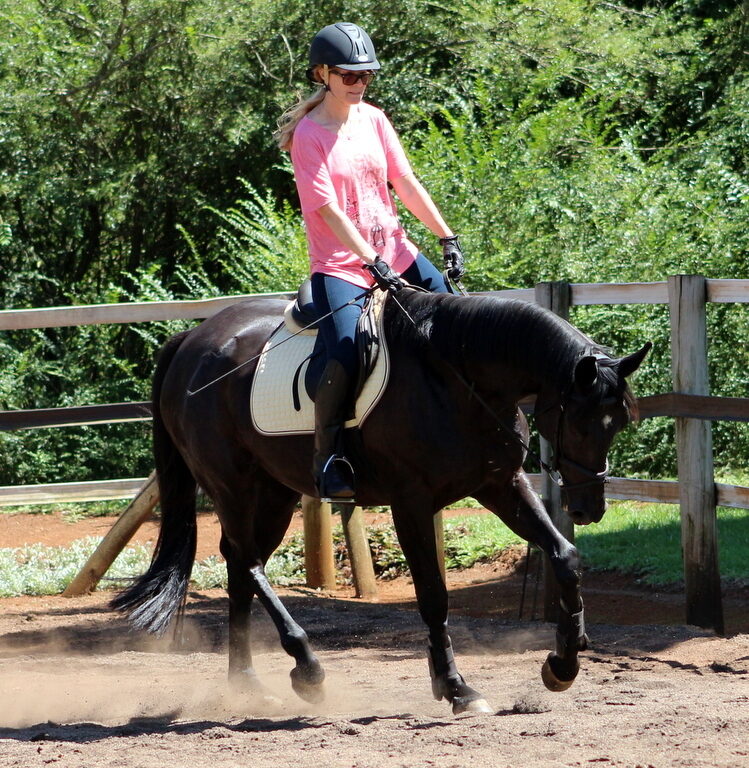
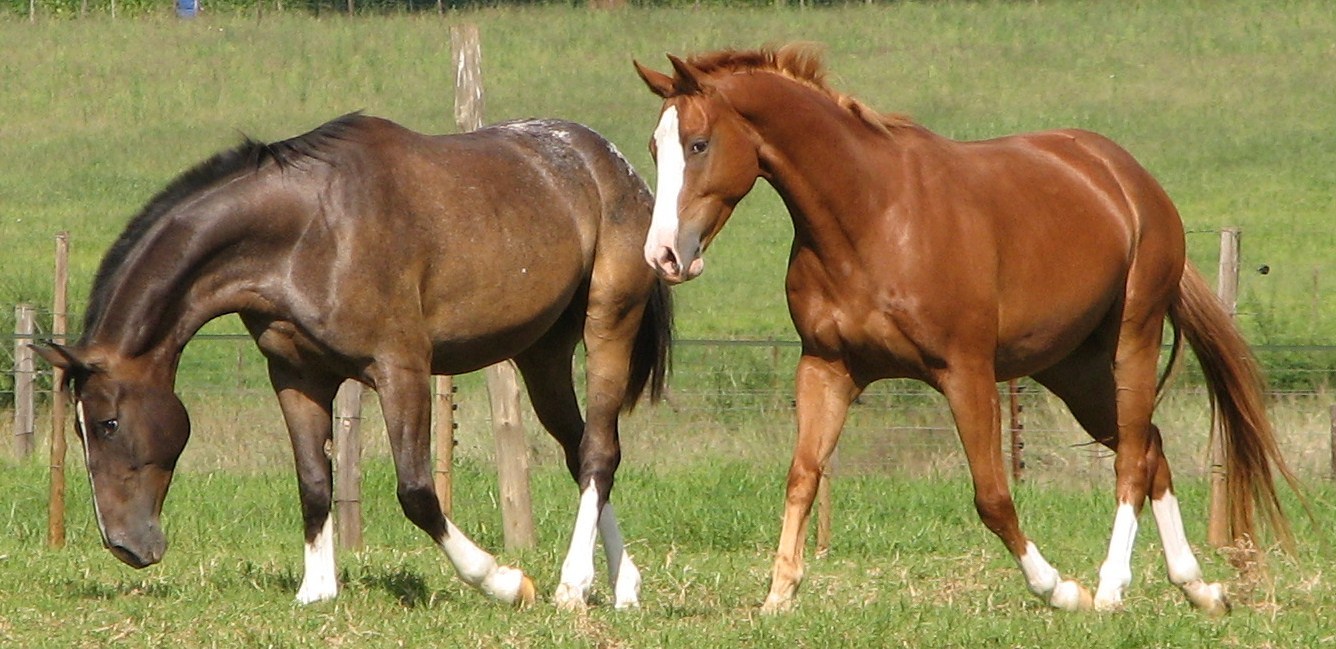
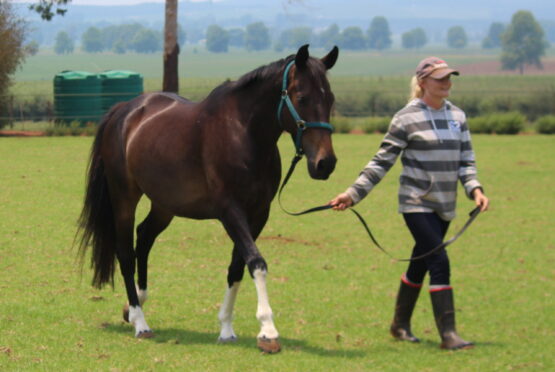

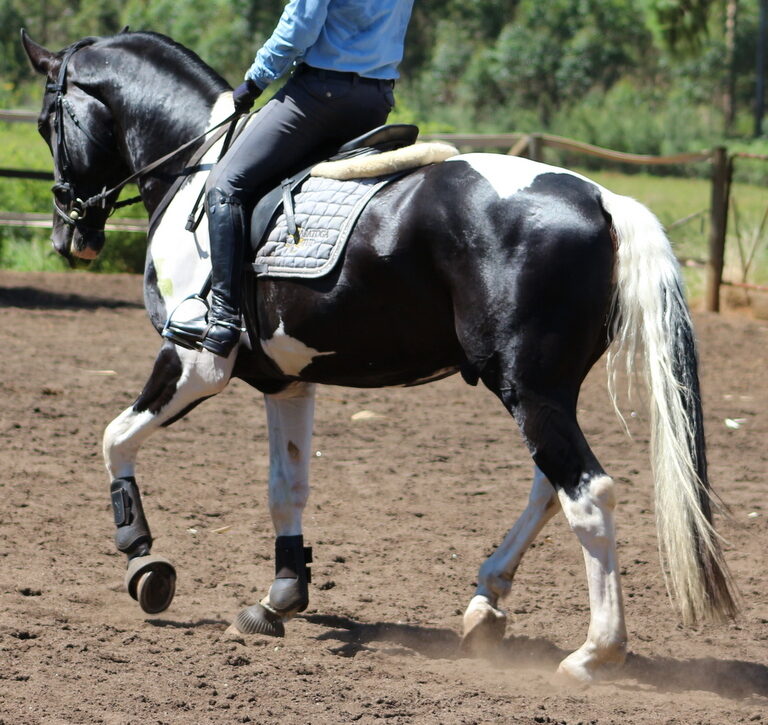
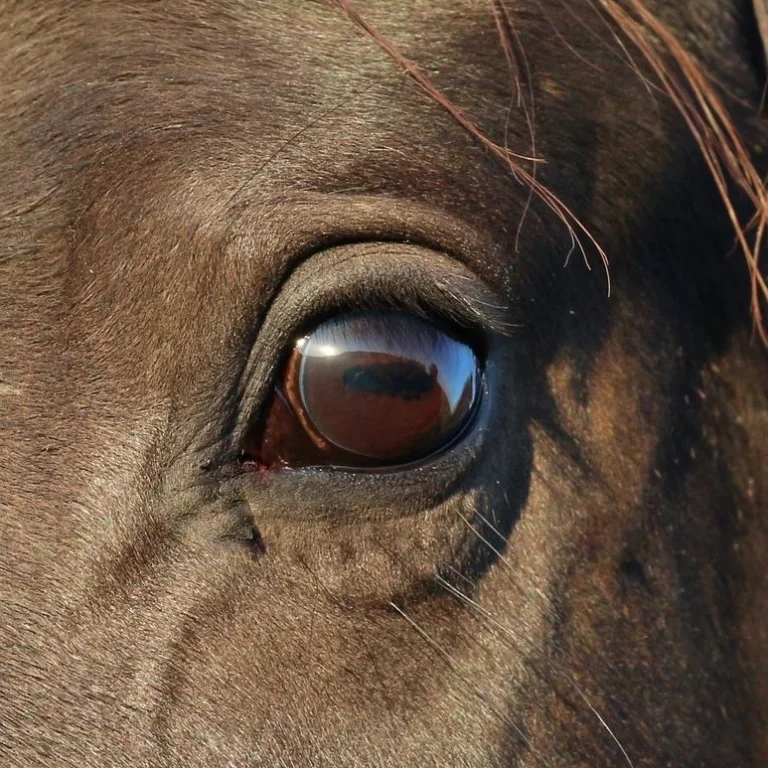
Leave a Reply